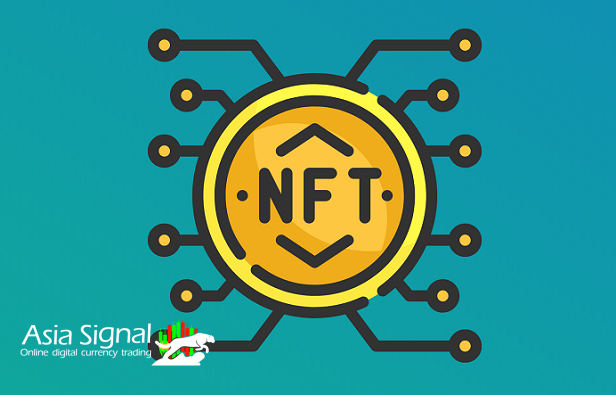Unlocking the Digital Renaissance: The Fascinating World of NFT Minting
In the realm of art, collectibles, and digital ownership, a groundbreaking technological innovation has emerged, propelling the creative world into a new era of possibilities. Non-Fungible Tokens (NFTs) have taken center stage, redefining the concept of ownership and transforming how we perceive, trade, and create digital assets. At the heart of this revolution lies the process of "NFT minting," a term that has become synonymous with the creation of unique digital tokens that represent ownership of a specific piece of digital content. Let's delve into the fascinating world of NFT minting and explore how it is reshaping industries across the globe.

Understanding NFTs: Uniqueness in the Digital Realm
To comprehend NFT minting, it's essential to grasp the concept of NFTs themselves. Unlike cryptocurrencies such as Bitcoin or Ethereum, which are fungible and interchangeable, NFTs are unique digital assets that are indivisible and cannot be replicated. They are built on blockchain technology, the same decentralized ledger system that underpins cryptocurrencies. This allows NFTs to carry metadata, verifying their ownership and provenance, and ensuring their scarcity.
The Art of Minting NFTs
NFT minting is the process of creating a new NFT and adding it to a blockchain. It's akin to producing a limited edition print of a physical artwork, but in the digital world. Artists, musicians, writers, game developers, and even content creators can mint NFTs to represent their digital creations as unique tokens. The process typically involves these steps:
1. Choosing the Content: The creator selects a digital file to be tokenized. This could be anything from digital art, music, videos, virtual real estate, in-game items, or even tweets.
2. Selecting a Marketplace: Creators choose a suitable NFT marketplace, such as OpenSea, Rarible, or Mintable, where they can mint and sell their NFTs. Different marketplaces may have varying minting fees and user interfaces.
3. Uploading and Minting: The chosen digital file is uploaded to the chosen marketplace, and the minting process begins. During minting, a smart contract is created on the blockchain, containing the digital content and its associated metadata, including the creator's information, a description of the asset, and more.
4. Customizing Metadata: Creators can enrich their NFTs with metadata, providing additional context and information about the asset. This might include details about the creative process, inspirations, or even unlockable content for the buyer.
5. Setting Parameters: Creators can define certain parameters for their NFTs, such as the number of editions (if they're creating a series) or any royalties they wish to receive whenever the NFT is sold or resold in the future.
6. Paying Minting Fees: Minting NFTs often incurs a fee, which is paid to the blockchain network to process and store the new token. This fee can vary widely based on the blockchain being used and its current congestion.
7. Completion and Listing: Once minting is complete, the NFT is listed on the chosen marketplace for potential buyers to discover and purchase.

Empowering Creatives and Redefining Ownership
NFT minting has opened up a world of opportunities for creatives. Artists who once struggled to monetize their digital work can now directly reach a global audience and receive fair compensation for their efforts. NFTs offer a new revenue stream through initial sales and subsequent royalties, even when their work changes hands in the secondary market. This empowers artists to have greater control over their creations and the value they bring to the market.
Challenges and Future Prospects
While NFT minting offers remarkable potential, it's not without challenges. Environmental concerns related to the energy consumption of certain blockchains have raised ethical questions about the sustainability of the NFT space. Additionally, issues of copyright infringement and unauthorized minting have surfaced, prompting discussions around the need for better protection of intellectual property.
Looking ahead, the future of NFT minting holds exciting prospects. As blockchain technology evolves, we might see improved scalability, reduced environmental impact, and enhanced security measures. NFTs could further integrate with virtual reality, augmented reality, and the gaming industry, creating immersive and interactive digital experiences.

In Conclusion
NFT minting represents a paradigm shift in how we create, share, and value digital content. It's a manifestation of the ever-expanding possibilities that emerge at the intersection of technology and creativity. As the world continues to adapt to the digital age, NFTs and their minting process stand as a testament to human ingenuity, transforming intangible ideas into tangible, ownable assets. Whether you're an artist, a collector, or simply an observer, the NFT minting phenomenon is undoubtedly an enthralling spectacle that will continue to shape the future of digital expression and ownership.
We have collected the Best trading view indicators for the crypto for you in Asiasignal.

















Comments